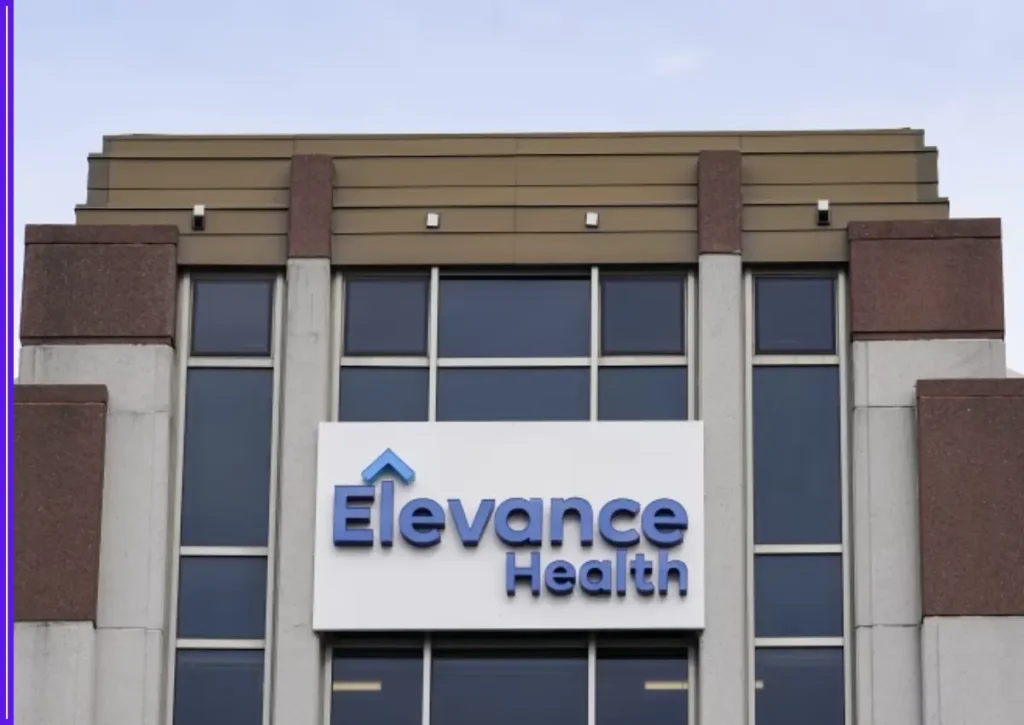Health insurers across the United States are proposing their steepest premium hikes for individual market plans since 2018, with median requests reaching 15 percent for 2026. These filings, submitted by over 100 insurers in 19 states and the District of Columbia, point to rising healthcare costs, high demand for expensive medications, and the possible expiration of expanded federal subsidies as key drivers.

The analysis, published by the non-profit KFF, highlights a significant shift in the market. In previous years, rate increases hovered around 5 to 7 percent. Now, with the enhanced tax credits from the American Rescue Plan and the Inflation Reduction Act set to expire at the end of 2025, insurers are bracing for a major shift in consumer behavior and overall risk pools.
Many insurers have flagged concerns that the loss of subsidies will drive healthier individuals to drop coverage, leaving a more high-risk population behind. This imbalance could push premiums even higher. Additionally, the increasing use of high-cost drugs like GLP-1 medications for weight loss and diabetes is fueling spending. The use of these medications has surged in the last two years, and insurers are now pricing in the long-term cost impact.
In states like Maryland, filings show some of the largest requested hikes. CareFirst BlueChoice is asking for an increase of 18.7 percent, while Optimum Choice and Kaiser are each seeking double-digit hikes. In Illinois and Texas, Blue Cross Blue Shield plans have submitted rate increase proposals of 27 and 21 percent, respectively.
Insurers are also citing inflationary pressures, higher labor costs in hospitals, and potential new tariffs on medical imports as part of their justification for the increases. In some filings, carriers estimate that new tariffs could add three percent or more to 2026 premiums.
If Congress does not act to renew or extend the current subsidy program, millions of Americans who buy their insurance on the ACA marketplace could see higher out-of-pocket premiums next year. Those not eligible for subsidies will be most affected, especially older adults or middle-income earners who fall just above the eligibility cutoff.
Despite these steep proposals, final rates are not yet set. State regulators will now review each filing and determine whether the requested increases are justified. In past years, regulators have often approved lower hikes than insurers initially requested. The final rates for 2026 ACA plans are expected to be released by the end of October, ahead of the open enrollment period that begins November 1.
The coming months will be crucial not only for insurance companies and regulators but also for Congress. If lawmakers decide to extend the premium subsidies again, it could soften the impact on consumers and potentially prevent the steepest increases from being finalized.
For now, the filings paint a clear picture of an industry adjusting to rising costs, political uncertainty, and shifting consumer needs. As insurers look to 2026, the market is entering its most volatile period in recent years.









